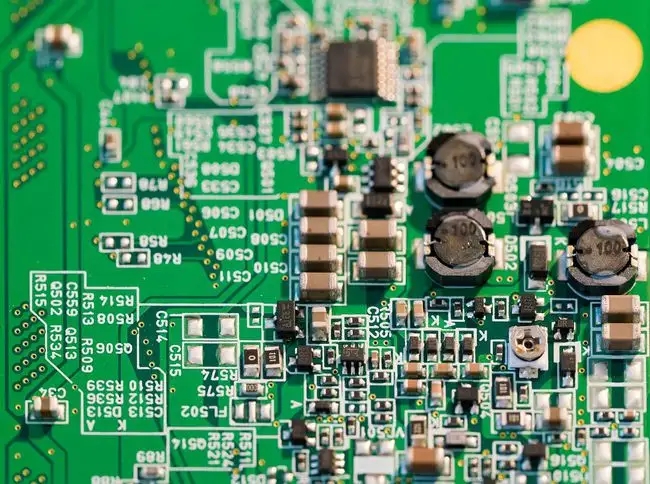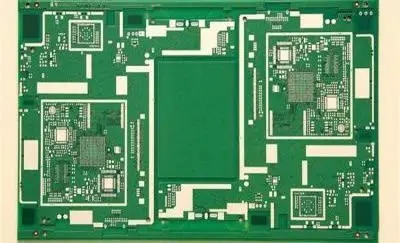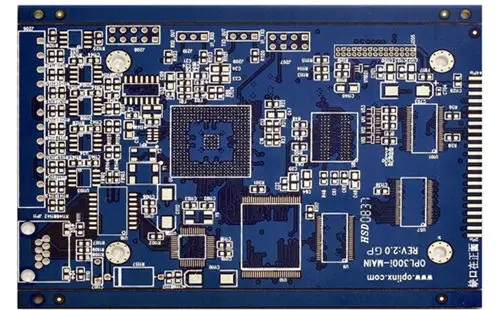
Working principle of ultrasonic cleaning
Working principle of ultrasonic cleaning and selection principle of cleaning agent
The cleaning of SMT surface assembly plate after welding is not only a normal PCBA quality control process, but also a lot of customers will take the initiative to request the cleaning of the finished products after patch processing. At present, ultrasonic cleaning is commonly used in our SMT processing industry, so what is the principle of ultrasonic cleaning? What is the selection principle of cleaning agent? 1、 Principle of ultrasonic cleaning
The cleaning of SMT surface assembly plate after welding is not only a normal PCBA quality control process, but also a lot of customers will take the initiative to request the cleaning of the finished products after patch processing. At present, ultrasonic cleaning is commonly used in our SMT processing industry, so what is the principle of ultrasonic cleaning? What is the selection principle of cleaning agent?

1、 Principle of ultrasonic cleaning
Under the action of ultrasonic wave, the cleaning agent has the effect of cavitation and diffusion. A strong impact force will be generated when the cavity is generated, which will free the pollutants adhering to the surface of the object to be cleaned. The ultrasonic vibration will cause the liquid particles of the cleaning agent to diffuse, accelerating the dissolution of the pollutants by the cleaning agent
Speed. As the detergent liquid can enter the smallest interstice of the workpiece to be cleaned, it will generate holes and diffusion at any part of the detergent liquid, so it can clean the pollutants at the bottom of the element, between the elements and in the small interstice.
The number and size of cavities generated during ultrasonic cleaning and the vibration force of cleaning agent are related to the vibration power and frequency of the compressor. The larger the density and size of the cavity, the higher the cleaning efficiency. The density and size of the cavity should be adjusted to the maximum.
Working principle of ultrasonic cleaning and selection principle of cleaning agent
2、 Selection principle of cleaning agent
① It has good wettability and low surface tension, so that the pollutants on the surface of the assembly board can be fully wetted and dissolved.
② Capillary effect is moderate and small, which can penetrate into the seam of the washed material and discharge easily.
③ High density can reduce the volatile speed of solvent. It can reduce costs and environmental pollution.
④ High boiling point is conducive to steam condensation. Cleaning agents with high boiling points are safe and can improve cleaning efficiency by heating up.
⑤ Strong solubility. The solubility, also known as the kauri. - Butanol, KB value, is a parameter characterizing the solvent's ability to dissolve pollutants. The larger the KB value, the stronger the ability to dissolve pollutants.
⑥ Low corrosivity (dissolution). It does not corrode the package, printed circuit board and solder joint of components. The characters and marks on the surface of components and printed boards shall be clear after cleaning.
⑦ No market (or small sex), harmless to human body, little environmental pollution.
⑧ Good safety, non flammable and explosive, low cost.







